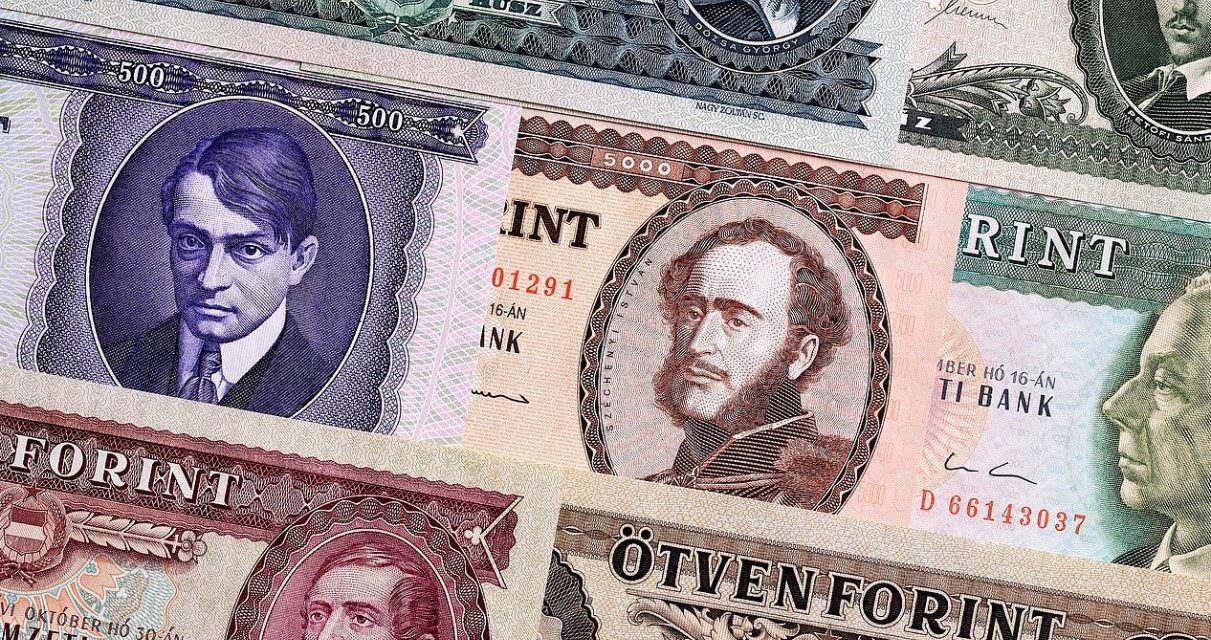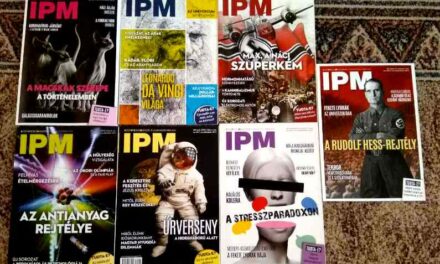Seventy-five years ago, on August 1, 1946, the new currency, the forint, was introduced in Hungary in order to break hyperinflation. In connection with the anniversary, MTI prepared a summary based on the MTVA press archive.
The word forint is of Italian origin, from the fiorino d'oro, a gold coin minted in Florence. In the course of time, several means of payment were called forints, such as the Rhine or Rhenish forint and the Dutch guilder, which was used until 2002. In Hungary, Róbert Károly minted gold forints for the first time in the 14th century, to which they often returned throughout Hungarian monetary history.
The last time it became necessary to create a new national currency was in 1946, because the pengő, introduced in 1927 instead of the koruna, fell victim to hyperinflation following World War II, which is still considered a world record. In the spring of 1945, only the thousand pengo banknote was the largest denomination in circulation, and by the fall the hundred thousand pengo banknote was the largest. The mill pengő soon followed , then the bill pengő, and finally the tax pengő, which at first was only used for paying taxes, later became a means of payment, and was worth two thousand trillion pengő, that is, eighteen zeros had to be written after the one. At the end of the unstoppable and self-stimulating process, the prices increased by 1,500 percent per day, i.e. they rose fifteenfold in 24 hours, and the world's most valuable paper money, the one billion billpengős, was also produced (although it was never put into circulation).

banknotes.com
The government was finally able to control the situation by introducing the new currency. The new money, capable of preserving its value, was backed by the Hungarian National Bank's gold reserves: on August 6, 1946, the American army returned about 30 tons of Hungarian gold brought to the West by the Arrows in early 1945. The amount of forint issuance was set at one billion forints, 1 forint was worth 0.0757575 grams of gold. The old money was not exchanged, the many discarded blades were swept up on the street.
Banknote circulation on August 31, 1946 was only HUF 355.6 million. The first budget year calculated in forints ended with a deficit of 300 million forints, the gold parity was only nominally achieved. In the beginning - due to the lack of special paper - only 10 and 100 forint banknotes were put into circulation with offset printing, the printing of the new 10, 20 and 100 forints began in 1947 with copper printing on high-quality Finnish and French imported paper.
The HUF 50 banknote was issued in 1951, the HUF 500 in 1970, the HUF 1,000 in 1983, the HUF 5,000 in 1991, the HUF 10,000 in 1997, and the HUF 20,000 in 2001. Until 1949, the Kossuth coat of arms, the Rákosi coat of arms until 1957, and the Kádár coat of arms until 1990 were on the banknotes.
Featured Image: MH













